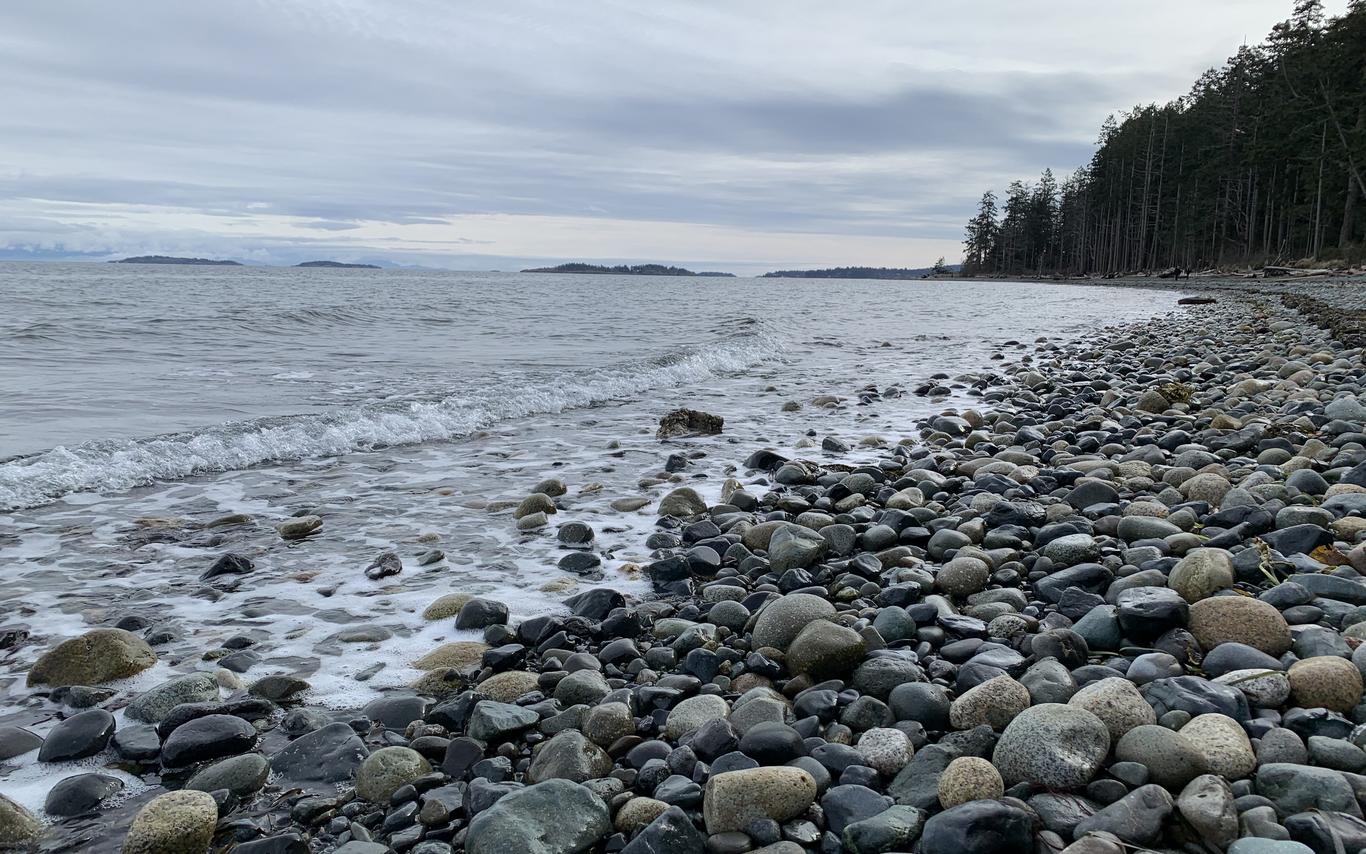In the fall of 2021, we had the opportunity to briefly introduce the diverse field of environmental psychology through a blog post (see here). The blog post illustrated the highlights of the ‘Sense of Place Study,’ which serves as one portion of a larger project titled The View from 2117: Human Actions, Consequences, and Perspectives on Mountain Regions, in collaboration with the MABRRI and the Canadian Mountain Network. While working on our final report, we thought it would be both informative and interesting to discuss some of the empirical evidence surrounding the relationship between nature, behaviour, and well-being.
If you read the previous blog post, you may recall that the ‘Sense of Place Study’ measured perceived levels of sense of place and nature relatedness toward the natural environment in and around six different MABR communities. We associated these psychological constructs with community members’ perceptions of nature views and walkable access to nature. Although we cannot yet discuss the results of our study in detail until the final report is complete, one portion of our study reveals that nature is very important to survey participants living and working in the MABR. Indeed, settings such as the ocean, beaches, mountains, lakes, rivers, and wetlands, as well as natural attributes such as sand, trees, flowers, fungi, and vegetation were all understood as features contributing to place meaning. Results also show us that being able to observe birds and wildlife, and have general experiences in nature, such as appreciating the sounds, smells, and fresh air of the natural environment, are important to MABR community members.
A plethora of natural settings can be found within the MABR. For example, MacMillan Provincial Park, Cameron Lake, Little Qualicum Falls Provincial Park, Heritage Forest, Milner Gardens & Woodlands, Parksville Community Park, Rathtrevor Beach Provincial Park, Top Bridge, Englishman River Falls Provincial Park, and Notch Hill all reside within the MABR boundaries. Notably, these places each embody a variety of natural attributes.
So, why are natural settings vital to people from a psychological perspective? It is important to have an understanding of human-nature transactions as they may have implications for psychosocial and psychophysiological well-being (Frumkin et al., 2017). A growing body of interdisciplinary literature has emphasized the benefits and experiences associated with time spent in nature, as well as how these benefits manifest (e.g., Bratman et al., 2012, Mintz et al., 2021). One key experience associated with time spent in nature has been described as ‘cognitive freedom.’ Cognitive freedom is the ability individuals have to direct their own attention in nature—meaning that they have the freedom to choose how they will ‘spend’ limited resources (Gifford, 2014). For instance, imagine walking along the coastal path at Rathtrevor Beach Provincial Park. There are trees and vegetation to admire, some puddles to dodge, the sound of the ocean below, and perhaps some other people to navigate around every so often. For the most part, you are able to choose what you will attend to, and when you would like to attend to it. This choice is often in contrast to what we experience in urban settings, where our attention is commonly drawn toward different salient stimuli. Imagine walking down a busy downtown street where the noises and sights of cars driving by are in your field of view, as are different crowds of people, a smell billowing out from a restaurant, and maybe even a bus-stop displaying an advertisement. This is more taxing for our attention compared to walking through a more nature-based environment.
In environmental psychology, it has been proposed that humans have an innate preference for nature, and that nature is restorative (Kaplan & Kaplan, 1989; Ulrich, 1993). Rachel and Stephen Kaplan (1989) developed the Attention Restoration Theory in an attempt to explain how nature can be restorative for people. In brief, the theory proposes that natural settings promote effortless attentional capacities (also known as involuntary attention)—whereas urban settings can promote directed and effortful attentional capacities (also known as voluntary attention). Thus, when we are immersed in a natural setting, we attend to stimuli that are inherently interesting (for the most part), that offer us a break from directing our attention to everyday activities and stressors, like work tasks, school work, or our personal worries and social transactions.
A number of empirical studies have provided support for the Attention Restoration Theory, and the benefits of nature in general. Results indicate stress reduction, reduced anxiety and depression, improved physical and mental health, and increased social connectedness and life satisfaction (see Frumkin et al., 2017). Given what you know now, we encourage you to get into nature or take a break in your day to walk through green spaces (as opposed to a built-focused or urban landscape), and think about your past experiences in nature and how these may be associated with benefits to your mental and physical health. As students who seek time away from computer screens and never-ending Zoom meetings, we know that we will be doing this in the MABR a lot more often!
References
Bratman, G. N., Hamilton, J. P., & Daily, G. C. (2012). The impacts of nature experience on human cognitive function and mental health. Annals of the New York Academy of Sciences, 1249(1), 118-136. https://doi.org/10.1111/j.1749-6632.2011.06400.x
Frumkin, H., Bratman, G. N., Breslow, S. J., Cochran, B., Kahn, P. H., Lawler, J. J., Levin, P. S., Tandon, P. S., Varanasi, U., Wolf, K. L., & Wood, S. A. (2017). Nature contact and human health: A research agenda. Environmental Health Perspectives, 125(7), 1-18. https://doi.org/10.1289/EHP1663
Gifford, R. (2014). Environmental psychology: Principles and practice (5th ed.). Optimal Books.
Kaplan, R., & Kaplan, S. (1989). The experience of nature: A psychological perspective. Cambridge University Press.
Mintz, K. K., Ayalon, O., Nathan, O., & Eschet, T. (2021). See or be? Contact with nature and well-being during COVID-19 lockdown. Journal of Environmental Psychology, 78, Article 101714. https://doi.org/10.1016/j.jenvp.2021.101714
Ulrich, R. S. (1993). Biophilia, biophobia, and natural landscapes. In S. R. Kellert & E. O. Wilson (Eds.), The biophilia hypothesis (pp. 73-137). Island Press.
